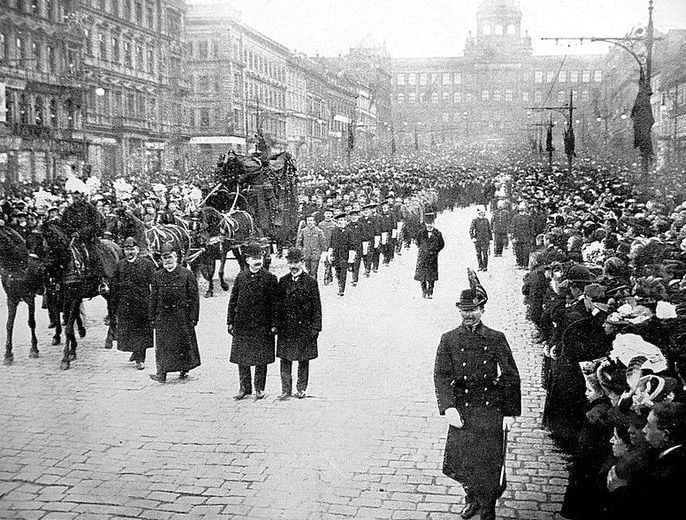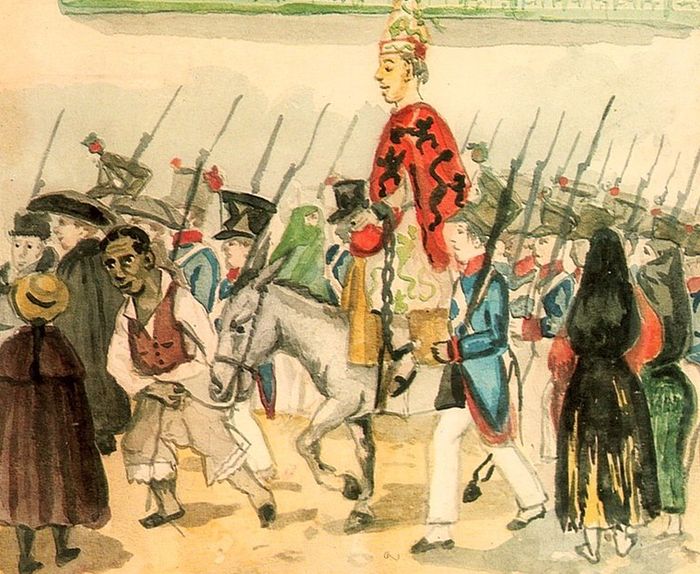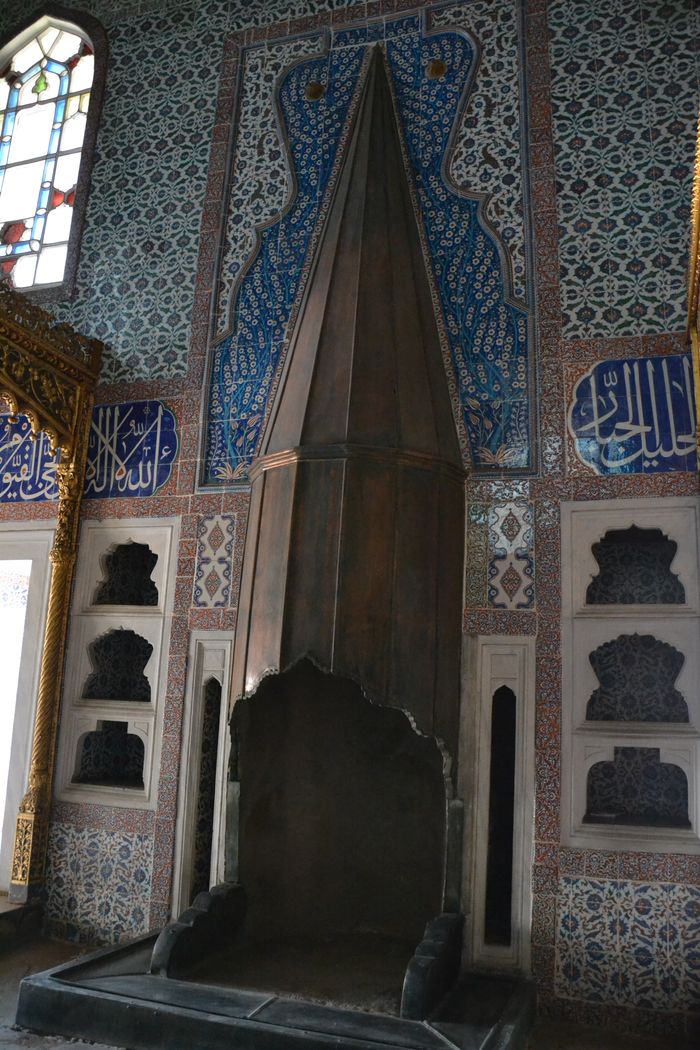Champions of Hellenism
Eumenes I Breaking Free and Expanding
Eumenes I (263-241), the nephew and adopted son, liberated Pergamun from the Seleucid rule. Forming an alliance with Ptolemy III, he seized a piece of Seleucid territory. His successor, Attalus I (241-197), achieved a remarkable victory against the Galatians Antiochus III’s Eastern Campaigns and Power Dynamics, posed challenges for the Seleucids, and meddled in Greek affairs. While officially advocating Hellenism in Asia Minor, many Greeks viewed him as a Roman tool as Rome began asserting itself in the region.
Pergamun’s Modest Monarchs
Despite their equal authority, the kings of Pergamun, including Eumenes I and Attalus I, lived more modestly compared to their counterparts. A key factor in their success was avoiding internal power struggles and family conflicts, unlike other Greek monarchies. Devoted to culture Coastal Bulgaria Holidays, the Pergamene kings transformed their capital into a showcase of art and architecture. Pergamun boasted the largest temple of Zeus, featuring a fifty-foot-high altar. Masterpieces like “The Dying Gaul” originated from Pergamun, and its library, second only to Alexandria’s, played a crucial role in cultural dissemination. When the Ptolemies tried to curb Pergamun’s influence by banning papyrus export, the resourceful Pergamenes invented parchment from animal skins, replacing papyrus as the preferred writing material worldwide. In essence, Pergamun outshone even Alexander in spreading Greek civilization throughout Asia Minor’s countryside.








